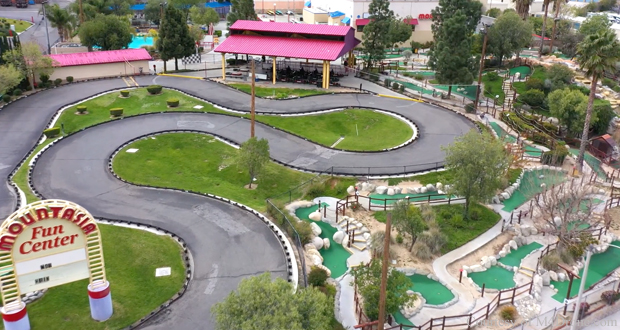
The conflict between Russia and Ukraine, now in its third year since Russia’s invasion on February 24, 2022, continues to unfold with significant implications. As this third year progresses, the question arises, what is coming for 2024?
Russia currently produces 250,000 artillery shells per month, totaling about 3 million shells annually. In contrast, the United States and Europe produce only about 1.2 million shells annually, which they supply to Ukraine. Officials estimate that Russia is firing about 10,000 shells a day, while Ukraine is only firing 2,000 shells a day. (Why does this matter? Elaborate a bit more)”The outcome in Ukraine depends on how each side is equipped to conduct this war,” said a senior NATO official. “What we are in now is a production war.” The official added.
Russia is also importing ammunition from countries like Iran and North Korea, which significantly boosts their artillery shell reserves compared to Ukraine. Additionally, Russia is running artillery factories “24/7” on 12-hour shifts, according to a NATO official.
The United States and its allies have provided Ukraine with several sophisticated systems, including the M-1 Abrams Tank and soon, F-16 Fighter Jets supersonic multirole fighter aircraft. “They need to be able to counter Russia’s evolving tactics and strategy on the battlefield in the very near term. They need to improve their ability to maneuver in open terrain. And, they need an enduring capability to deter and defend against Russian aggression over the long term,” President Joe Biden stated. However, military analysts suggest that the war will likely be won based on who fires the most artillery shells.
Russia has also introduced a new guided bomb that has devastated the Ukrainian front lines. It can cause a crater fifteen meteors wide and many soldiers can’t withstand it. The bomb, a converted Soviet-era weapon known as the FAB-1500, is a gliding bomb that can cause a crater fifteen meters wide. It is delivered from fighter jets at 37-44 miles, making it out of range for many Ukrainian air defenses. The FAB-1500 is another reason Russia could win this war, inflicting significant damage before attempting to take territory.
Ukraine recently intercepted 31 missiles total launched by Ukraine. This was all overnight and was in Kyiv, Ukraine’s capital. At least 17 people were injured by the debris, 4 being in the hospital.
The outcome of the Russia-Ukraine conflict hinges on numerous factors, including the production and use of artillery shells and the broader military strategies employed by both sides. The conflict has also resulted in significant humanitarian consequences, including civilian casualties and a large number of internally displaced persons. Both sides are losing soldiers fast and many Russians have defected.





























